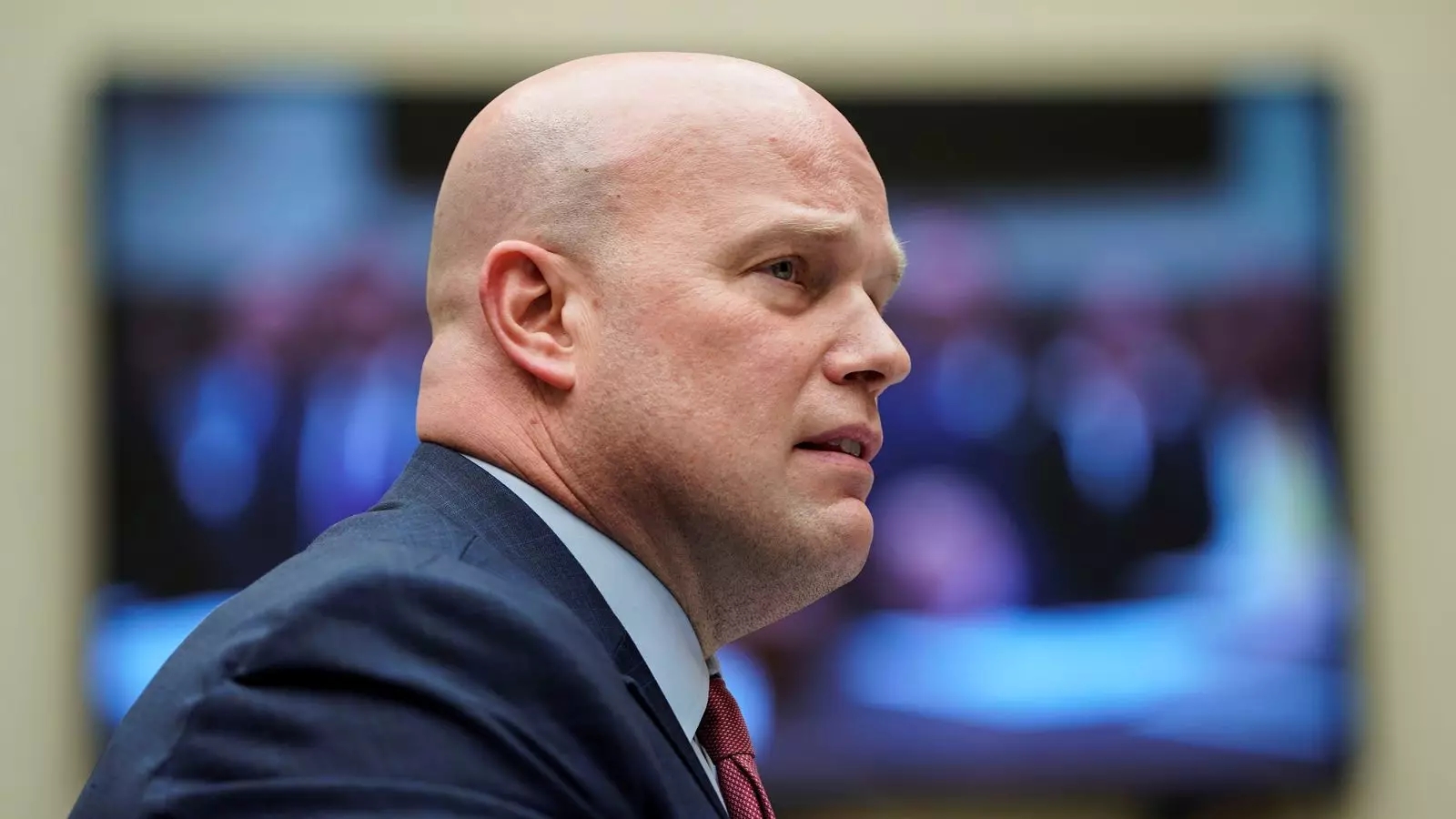In a world fraught with geopolitical tensions and fragmentation, the United States has once again escalated demands on its NATO allies. With the assertion that every member nation must allocate an astonishing 5% of their GDP to defense and security, the U.S. underlines an unyielding stance on military investment. Matthew Whitaker, Donald Trump’s emissary to NATO, stressed, “Peace through strength means nothing less,” echoing a philosophy that has fueled military-industrial complexes for decades. But in demanding such a commitment “starting now,” are we not blindsiding ourselves to the multifaceted nature of global security?
While it is undeniably important for nations to prioritize their defense capabilities, the fixation with a strict percentage feels archaic and counterproductive. It raises questions: Is national security truly quantifiable by how much we spend rather than how effectively we address emerging threats? With the climate crisis, cyber warfare, and global pandemics looming large, wouldn’t our resources be better spent on innovative solutions rather than simply inflating military budgets?
The UK’s Hesitation: A Conservative Approach to Military Spending
The UK, under increasing pressure from its allies, finds itself at a crossroads. Sir Keir Starmer’s potential agreement to boost defense spending to 3.5% of GDP, along with an additional 1.5% for defense-related areas, starkly contrasts previous government proposals that merely entertained the concept of lifting military spending from 2.3% to 3% by 2034. Prime Minister Rishi Sunak’s prior casual talk of “ambition” appeared inadequate and detached, prompting unease within the Ministry of Defence. This lack of conviction not only reflects internal disarray but questions the UK’s commitment to a strengthened NATO posture.
Moreover, the call for robust spending must be analyzed contextually. In a landscape dominated by economic recovery post-pandemic and a cost-of-living crisis exacerbated by creeping inflation, diverting significant resources to defense could amplify social inequities. The precedent of extravagant military budgets risks prioritizing the interests of powerful defense contractors over the needs of citizens. It’s imperative to recognize that strong armed forces do not automatically equate to a secure nation; rather, they signify a need for a broader conversation about what security truly encompasses.
U.S. Pressure and European Response
The upcoming summit in The Hague looms large, with U.S. expectations pushing European nations into a corner. NATO Secretary General Mark Rutte’s prediction of “great difficulty” for alliance countries if they remain tethered to the current 2% GDP spending target cannot be overlooked. His remarks reveal a dire realization: the geopolitical landscape is changing rapidly, and the cost of inaction may deter European states from maintaining stability.
However, the insistence on a rigid defense spending formula dismisses the complexities and specific security contexts of member nations. Not all NATO countries face the same threats, nor do they have the same strategic responsibilities. The insistence on equality in spending overlooks how each ally’s political and social fabric reacts to military engagement. The call for spending parity, while noble in appearance, may simply serve to deepen existing divides, further alienating nations and fostering a myopic approach to international security.
The Risks of Militarization Over Diplomacy
In emphasizing an immediate and aggressive military expenditure approach, we risk sidelining soft power strategies and diplomatic negotiations, which have historically proven more effective in resolving conflicts. National security should not be synonymous with militarization alone; it encompasses fostering alliances, nurturing economic growth, and maintaining open channels for dialogue with adversaries. The 5% demand overlooks the intricate tapestry of diplomacy needed in a world plagued with persistent instability.
Moreover, it seems paradoxical that while urging allies to increase their military spending, the U.S. administration further fuels arms races and global sanctions. Such contradictions create a hyper-militarized atmosphere without addressing the root causes of conflict. Wouldn’t it be more prudent to invest in collaborative defense initiatives, intelligence sharing, and addressing global challenges collectively rather than harping on budgetary mandates that can lead to resentment among nations?
In an increasingly interconnected world, we must grapple with tough questions: Should our security budget overshadow our moral obligation towards peace and cooperation? As NATO grapples with these decisions amid rising tensions, one thing remains clear: when it comes to national defense, a commitment to collaboration and understanding will always triumph over mere numbers and blind fiscal demands.

